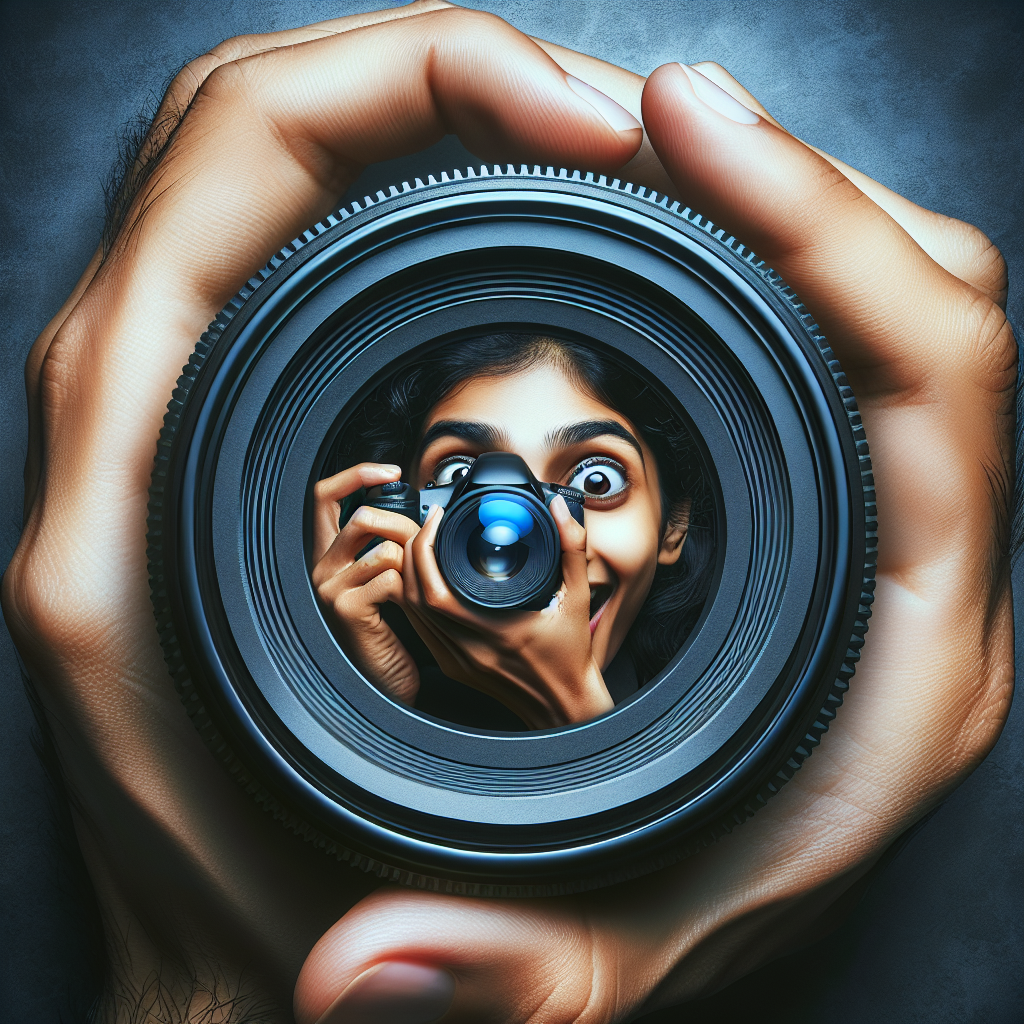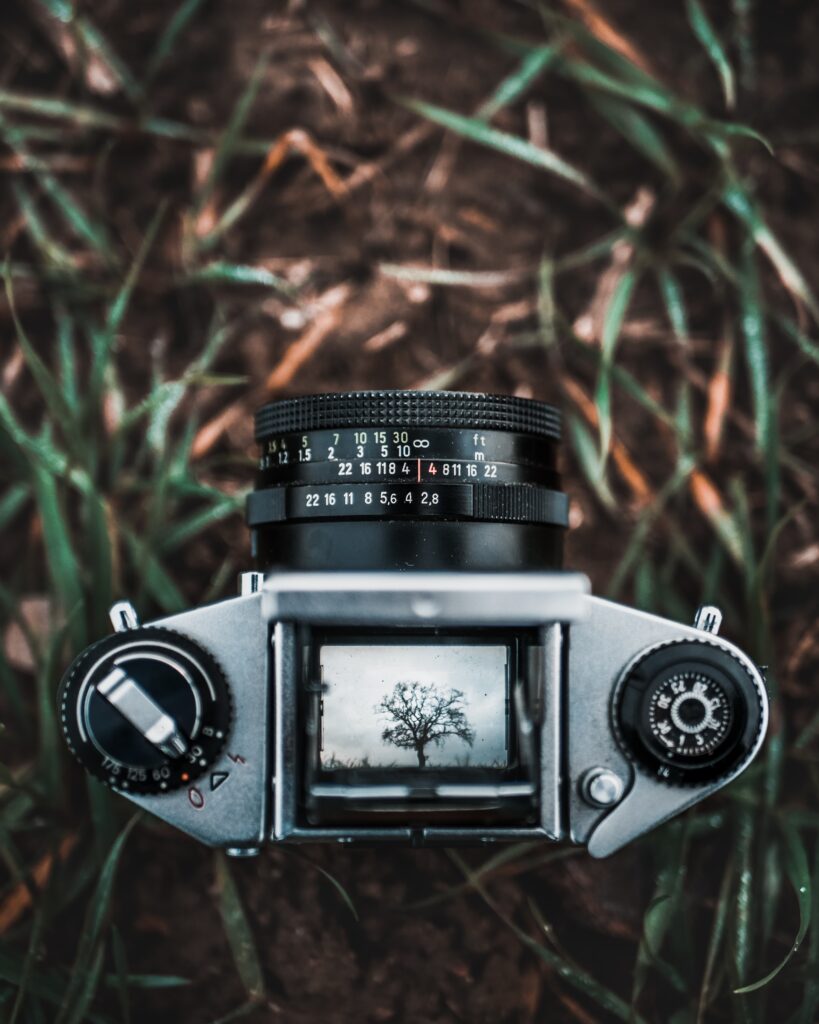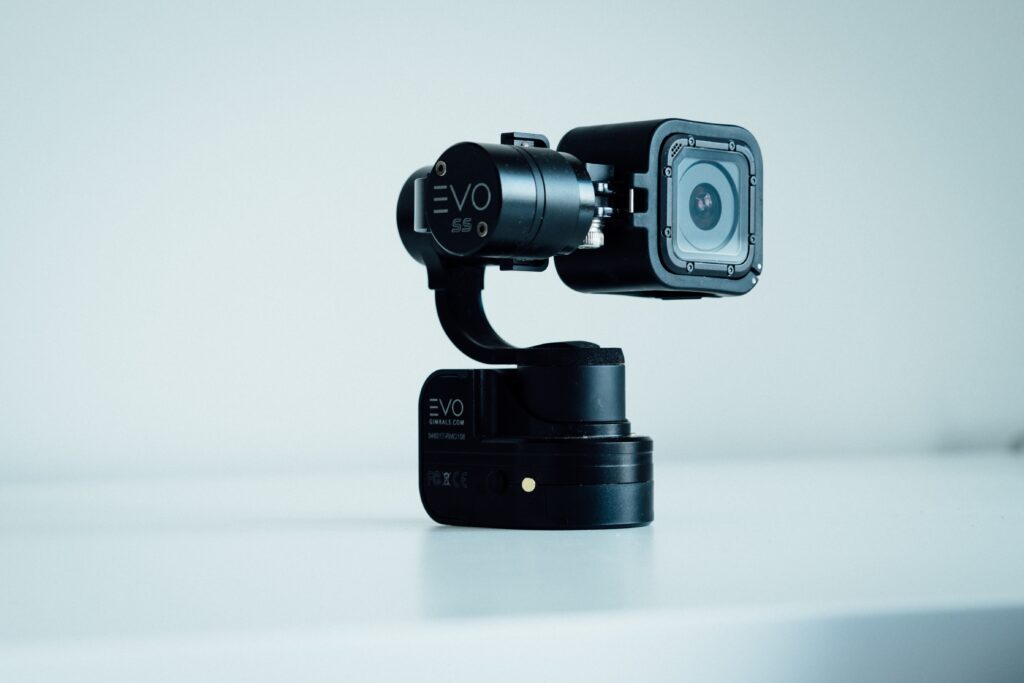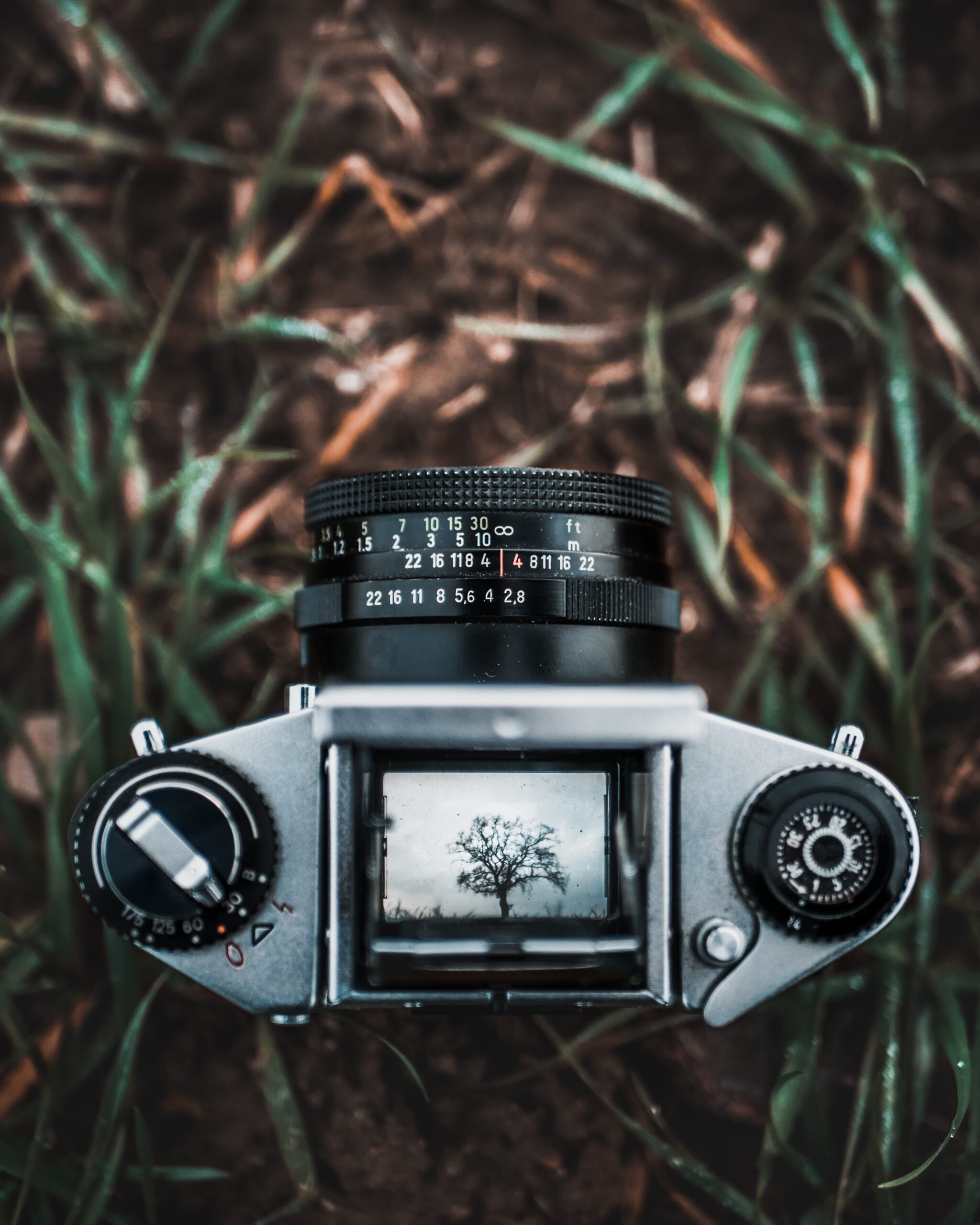If you’ve ever been captivated by a stunning photograph and wondered how it was taken, then “Photography Basics for Beginners” is the perfect guide for you. This article will provide you with the tools and knowledge to begin your own creative journey into the world of photography. Whether you’re starting from scratch or eager to improve your skills, the content here will give you a solid foundation to capture the beauty and stories of the world around you. Get ready to unlock your creativity and embark on an enriching and rewarding experience like no other.
Photography Basics for Beginners
Learning photography can be an enriching and rewarding experience, allowing you to capture the world around you in unique and expressive ways. Whether you’re a complete beginner or looking to refine your skills, there are numerous ways to embark on this creative journey.

This image is property of images.unsplash.com.
Understanding the Camera
To start your photography journey, it’s important to understand the basic components of a camera. A camera is essentially a device that captures light and turns it into a digital or printed image. It consists of different parts, including the lens, image sensor, viewfinder or LCD screen, and various buttons and dials for settings and controls.
Types of Cameras
There are several types of cameras available, ranging from smartphones to compact cameras to more advanced DSLRs (Digital Single-Lens Reflex) and mirrorless cameras. Each type has its own advantages and disadvantages, and the choice depends on your needs, budget, and level of expertise.
Camera Modes
Most cameras come with different shooting modes that automatically set the appropriate settings for specific situations. The common modes include Auto, Program, Aperture Priority, Shutter Priority, and Manual. Auto mode handles most of the settings for you, while manual mode gives you full control over all the settings.
Exposure Triangle
The exposure triangle is the foundation of photography, consisting of three main elements: shutter speed, aperture, and ISO. Understanding how these factors work together is essential for achieving correct exposure and capturing creative images.
Shutter Speed
Shutter speed refers to the length of time the camera’s shutter remains open, allowing light to reach the image sensor. It determines how movement is captured in a photo, whether it is frozen or blurred. Fast shutter speeds freeze action, while slow shutter speeds create motion blur.
Aperture
Aperture is the size of the camera’s lens opening, which controls the amount of light that enters the camera. It also affects the depth of field, which is the range of sharpness in a photo. A wide aperture (small f-number) creates a shallow depth of field, while a narrow aperture (large f-number) creates a deep depth of field.
ISO
ISO measures the sensitivity of the camera’s image sensor to light. It determines the amount of grain or noise in a photo. Lower ISO values (e.g., 100) are ideal for well-lit conditions, while higher ISO values (e.g., 800 or above) are used in low-light situations. However, higher ISO values may introduce more noise to the image.
Understanding Light
Light is the essence of photography. It’s important to learn how to observe and use light effectively to create stunning images. Pay attention to the direction, quality, and color temperature of light in different situations. Experiment with different lighting conditions and learn to adapt your settings accordingly.
Natural Light vs Artificial Light
Natural light refers to the illumination provided by the sun or moon. It changes throughout the day, creating different moods and shadows. Artificial light, on the other hand, is any light source that is not naturally present, such as lamps or flashguns. Understanding how to use both natural and artificial light will give you more control over the lighting in your photos.
Golden Hour and Blue Hour
The golden hour refers to the period shortly after sunrise or before sunset when the light is warm, soft, and diffused. It creates a beautiful and flattering quality of light for photography. The blue hour, on the other hand, occurs before sunrise or after sunset when the sky is filled with shades of blue. These hours offer magical lighting conditions for stunning images.

Composition Techniques
Composition is the arrangement of elements within a photo to create a visually pleasing image. By utilizing various composition techniques, you can create more compelling and interesting photographs.
Rule of Thirds
The rule of thirds is a basic principle where you imagine breaking an image into nine equal parts with two horizontal and two vertical lines. By placing key elements along these lines or at their intersections, you can create a more balanced and visually appealing composition.
Leading Lines
Leading lines are lines or shapes within a photo that draw the viewer’s eye towards the main subject. They can be straight, curved, or diagonal lines that guide the viewer’s gaze and create a sense of depth or movement.
Symmetry
Symmetry in photography refers to a composition where elements are balanced on either side of an imaginary line. It can create a sense of harmony and order in a photo. Look for naturally occurring symmetrical scenes or use reflections to achieve symmetrical compositions.
Depth of Field
Depth of field refers to the range of sharpness from the foreground to the background in a photo. A shallow depth of field emphasizes the subject while blurring the background, while a deep depth of field keeps everything in focus. Experiment with aperture settings to achieve the desired depth of field for your images.

White Balance
White balance determines the overall color cast of your photos. Different lighting conditions have varying color temperatures that can result in blue or orange tints. By adjusting the white balance settings, you can ensure that colors appear natural and accurate.
Choosing the Right Lens
Lenses play a crucial role in photography as they determine the angle of view, focal length, and image quality. Choosing the right lens for your specific needs is essential to capture the desired shots.
Zoom Lens vs Prime Lens
A zoom lens has a variable focal length, allowing you to zoom in and out electronically or manually. It offers versatility and convenience but may sacrifice image quality compared to prime lenses, which have fixed focal lengths and typically have better optical performance.
Portrait Lens
A portrait lens typically has a focal length between 50mm and 135mm, allowing you to capture flattering portraits with a shallow depth of field. These lenses provide a more natural perspective and are great for capturing people’s expressions and emotions.
Landscape Lens
A landscape lens usually has a wide-angle focal length, such as 16mm to 35mm, enabling you to capture expansive scenes with a greater field of view. It’s ideal for capturing landscapes, cityscapes, and architectural photography.

This image is property of images.unsplash.com.
Macro Lens
A macro lens is specifically designed for close-up photography, allowing you to capture intricate details of subjects like flowers, insects, or small objects. These lenses offer high magnification ratios and a shallow depth of field, resulting in stunning macro images.
Camera Accessories
Having the right camera accessories can enhance your photography experience and allow you to capture more creative shots.
Tripods
A tripod is a three-legged stand that provides stability and eliminates camera shake, especially in low-light situations or when shooting long exposures. It allows you to keep the camera steady, ensuring sharp images.
Filters
Filters are attachments that are placed in front of the camera lens to modify or control the light entering the camera. They can enhance colors, reduce reflections, or create special effects and are valuable tools for landscape and artistic photography.
Remote Shutter
A remote shutter is a device that allows you to trigger the camera shutter without physically touching it. It helps avoid camera shake during long exposures or self-portraits and allows you to capture more stable and sharp images.

This image is property of images.unsplash.com.
Memory Cards
Memory cards are used to store your photos and videos. They come in different capacities and speeds, and it’s important to choose a reliable and fast memory card to ensure that you don’t miss any crucial shots.
Editing Software
Editing software is an essential tool for transforming your raw images into stunning photographs. There are numerous options available, both paid and free, that offer a wide range of editing capabilities.
Basic Editing Tips
When editing your photos, keep in mind some basic tips to enhance the overall appearance and impact of your images.
Cropping and Straightening
Cropping refers to removing unwanted elements from the frame, while straightening helps align the horizon or vertical lines. Both techniques can improve the composition and focus the viewer’s attention on the main subject.
Adjusting Exposure
Exposure adjustments can be made in post-processing to brighten or darken your photos. This helps correct underexposed or overexposed images and bring out more details in the shadows and highlights.
Color Correction
Color correction involves adjusting the color balance, saturation, and hue of your photos to create a desired look or to correct any color cast caused by lighting conditions. It allows you to enhance the mood and tone of your images.
Sharpening and Noise Reduction
Sharpening helps improve the overall clarity and details in your photos, while noise reduction reduces the grain or noise in images taken in low-light conditions or with high ISO settings. These adjustments can make your images look more polished and professional.
Storing and Sharing Photos
Once you’ve captured and edited your photos, it’s important to have a system in place for storing, backing up, and sharing your images.
Organizing Photos
Organize your photos into folders or albums based on date, location, or subject. This makes it easier to find specific photos when needed and helps maintain a well-structured photo library.
Backing up Photos
Backing up your photos is crucial to ensure that you don’t lose them in case of a hardware failure or accidental deletion. Use external hard drives, cloud storage, or online backup services to protect your precious memories.
Sharing on Social Media
Social media platforms provide a great way to share your photos with friends, family, and the wider photography community. Choose the platforms that best suit your target audience and make sure to showcase your best work.
Printing Photos
Printing your photos allows you to bring them to life and enjoy them in physical form. Whether you choose to print them yourself at home or use a professional printing service, the process of holding and displaying your images adds another dimension to your photography experience.
Embarking on a journey to learn photography can be both exciting and challenging. By understanding the basics of your camera, exploring different shooting techniques and editing tools, and experimenting with composition and lighting, you’ll be well on your way to capturing beautiful and meaningful images. Remember, practice makes perfect, so keep shooting and refining your skills. Happy photographing!

